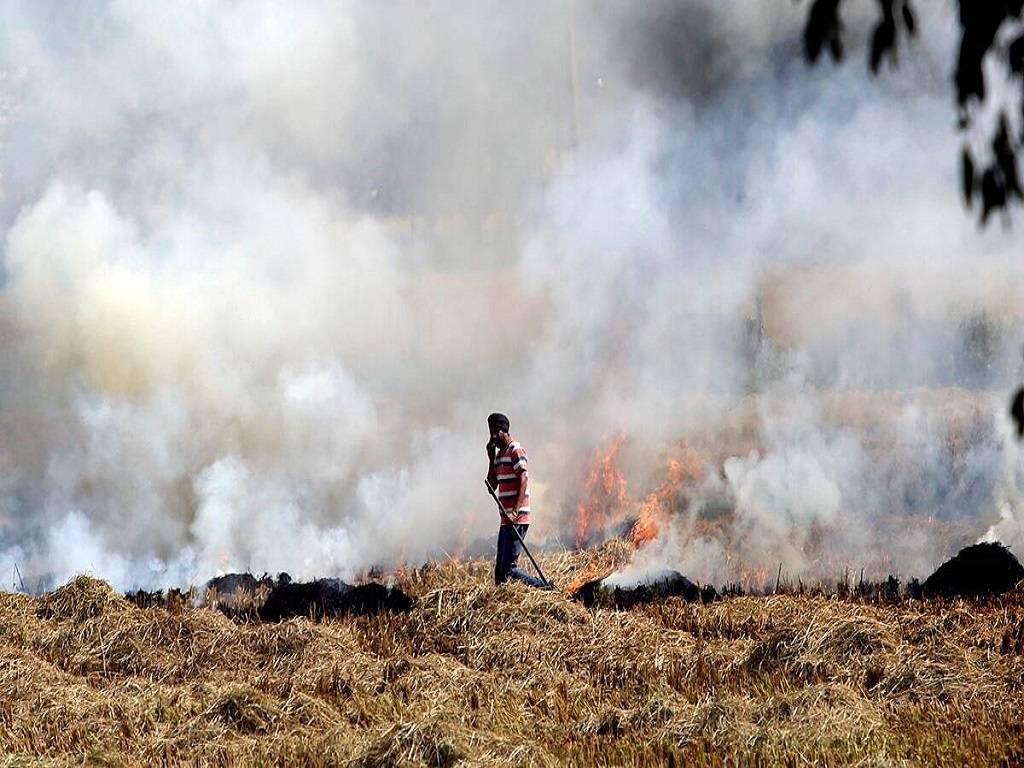
People in Punjab and Haryana inhaled poor-quality air in the last few days as the Air Quality Index (AQI) dropped to the ‘poor’ category from the ‘moderate’ category last week. The air quality in both states dropped due to Diwali firecrackers and stubble burning.
Punjab and Haryana witnessed the highest number of farm residue burning cases during the Kharif season crop harvest so far on Diwali.
Stubble Burning in Punjab
The average AQI of Punjab this year was 224 (poor) as compared to 268 (poor) in 2021 and 328 (very poor) in 2020, claimed the government. However, on Tuesday, the number of farm fires plummeted again, and only 181 farm fires were reported in the state, taking the total count to 5798.
Crop Residue Burning (CRB) Information and Management System concluded a statistical report on the spike in air quality deterioration which was seen on Tuesday. Top on the list was Tarn Taran (39) whereas minimum burning was reported from Faridkot and Hoshiarpur (2 each). According to CRB, Punjab has remarkably found to improvise with residue burning pollution since 2016 and reported the least deterioration of air so far.
Kharif season farm fire incidents in Punjab:
2016: 81,042
2017: 45,384
2018: 50,590
2019: 55,210
2020: 76,590
2021: 71,304
2022: 5,798 so far (Source: CRB)
Stubble Burning in Punjab
Most of the cities in Haryana also reported poor AQI with 24 hr average AQI of 243. Besides that, the state has recorded nearly 500 cases of farm fires in a span of just 2 days.
Figures show that the state recorded 1,372 active fire events which was comparatively lower than last year’s data. The top 5 districts included Kaithal (379), Kurukshetra (246), Karnal (224), Fatehabad (142), and Jind (11).
Since a rainstorm has already made it difficult to clear the area, burning the leftover material is the quickest option to make room for the crop that will be sown in the next season.
Punjab Pollution Control Board (PPCB) Chairman, Prof. (Dr.) Adarsh Pal Vig told Krishi Jagran that there has been an improvement in the crop residue burning in both states and the credit for the same goes to our farmers. He also mentioned about the in-situ (through CRM and bio-decomposer) and ex-situ (through biomass power, bio-ethanol plants, industrial boilers, pulp, and paper industry, etc.) methods to manage residue.
He also briefed about various awareness programs by different NGOs and NSS teams in association with the government to create a sense of responsibility in the farmer’s mindset towards managing agriculture pollution.
















